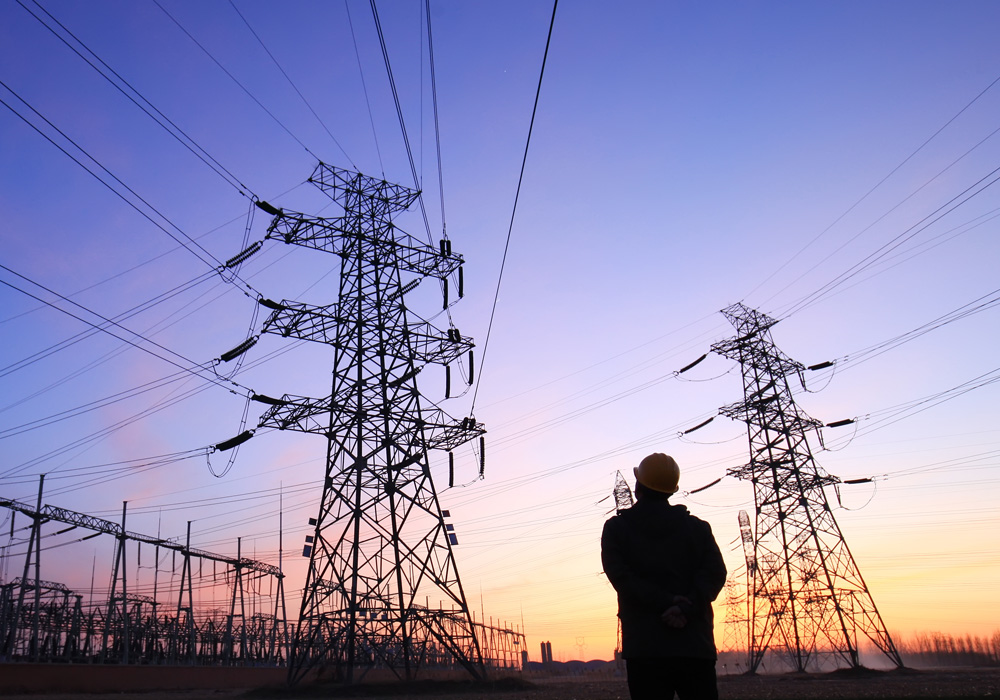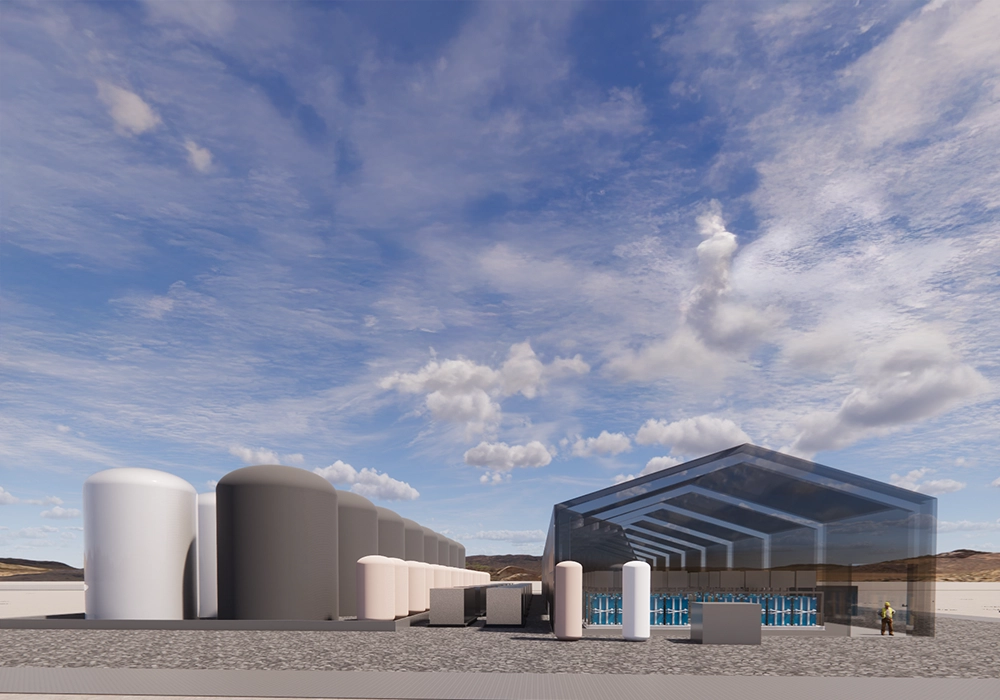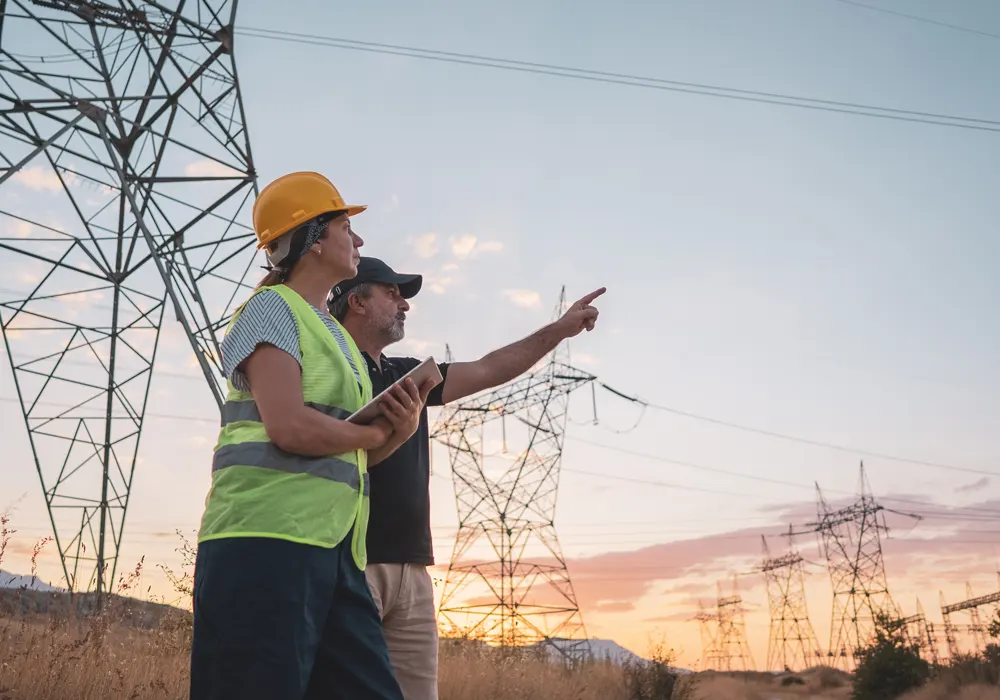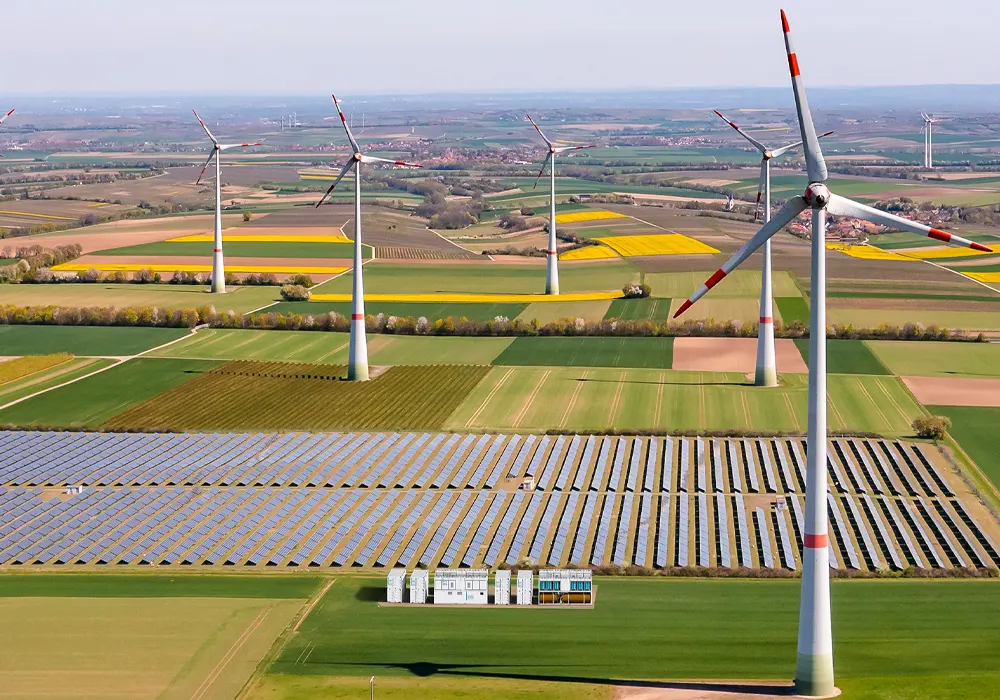Utility-Scale DER
Long-duration energy storage: the key to managing energy resources

Managing distributed energy resources to maximize resiliency is a must. Remote microgrids, university and campus applications or utilities balancing DERs all present ideal use cases for ESS Tech, Inc. (ESS) technology.
The ESS Energy Center™ is a grid-scale, long–duration battery that delivers eight hours of capacity at rated power and is ideally suited to DER applications.




Energy Storage
Use Cases
Maximize renewable generation
Manage duck curves without peaker plants
Defer substation upgrades, conductor replacements, and other grid investments
Enhance reliability
Increase grid resiliency
Downloads
Shift PV and wind power
Store excess renewables production when available and provide energy to when it is needed. Avoid curtailments and improve utilization of renewable assets.
Smooth renewable intermittency
Instantly react to changes in renewable output with fast, unlimited cycle capability.
Augment or replace peakers
Reduce emissions and manage costs by augmenting or replacing fossil-fuel-based peaking plants with long-duration energy storage.
Enable market participation
Use ESS systems for frequency regulation and other ancillary services. As markets evolve, storage has the potential to serve ancillary service and capacity markets.
Defer T&D upgrades
Alleviate grid congestion by storing power during periods of oversupply and delivering when needed.
Power microgrids and support virtual power plants
Long-duration energy storage solutions boost reliability and flexibility of distributed energy resources.
